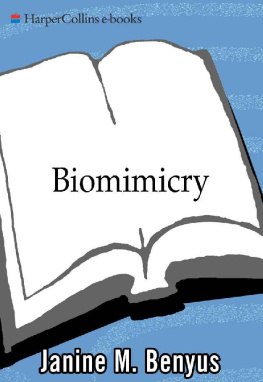Copyright Megan Clendenan and Kim Ryall Woolcock 2021
Published in Canada and the United States in 2021 by Orca Book Publishers.
orcabook.com
All rights reserved. No part of this publication may be reproduced or transmitted in any form or by any means, electronic or mechanical, including photocopying, recording or by any information storage and retrieval system now known or to be invented, without permission in writing from the publisher.
Library and Archives Canada Cataloguing in Publication
Title: Design like nature : biomimicry for a healthy planet / Megan Clendenan, Kim Ryall Woolcock.
Names: Clendenan, Megan, 1977- author. | Woolcock, Kim Ryall, author.
Series: Orca footprints.
Description: Series statement: Orca footprints | Includes bibliographical references and index.
Identifiers: Canadiana (print) 20200271709 | Canadiana (ebook) 20200271717 | isbn 9781459824645 (hardcover) | isbn 9781459824652 ( pdf ) | isbn 9781459824669 ( epub )
Subjects: lcsh : BiomimicryJuvenile literature. | lcsh : Technological innovationsJuvenile literature.
Classification: lcc t173 . . c44 2021 | ddc jdc
Library of Congress Control Number: 2020939213
Summary: Part of the nonfiction Orca Footprints series for middle readers, in this book young readers discover innovations and inventions inspired by nature.
Orca Book Publishers is committed to reducing the consumption of nonrenewable resources in the making of our books. We make every effort to use materials that support a sustainable future.
Orca Book Publishers gratefully acknowledges the support for its publishing programs provided by the following agencies: the Government of Canada, the Canada Council for the Arts and the Province of British Columbia through the BC Arts Council and the Book Publishing Tax Credit.
The authors and publisher have made every effort to ensure that the information in this book was correct at the time of publication. The authors and publisher do not assume any liability for any loss, damage, or disruption caused by errors or omissions. Every effort has been made to trace copyright holders and to obtain their permission for the use of copyrighted material. The publisher apologizes for any errors or omissions and would be grateful if notified of any corrections that should be incorporated in future reprints or editions of this book.
Front cover images by gkuna/Getty Images and Mischa Keijser/Getty Images
Back cover images by KPWangkanont/Shutterstock.com, Mr.B-king/Shutterstock.com and Louis Hansel/Unsplash.com
Design by Teresa Bubela
Layout by Dahlia Yuen
Edited by Kirstie Hudson
Printed and bound in China.
24 23 22 21 1 2 3 4
For Owen and Dave, and for all our walks in the woods.
M.C.
For Douglas and Theo, my own inventors.
And to all the teachers who took me outside and showed me a new world.
K.R.W.
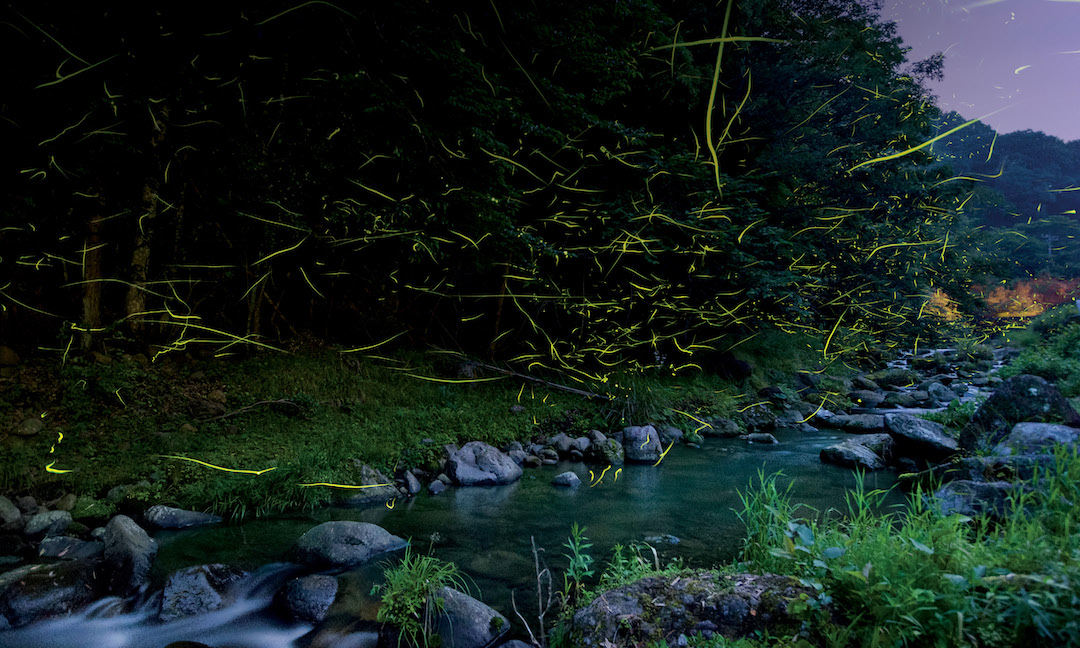
Fireflies naturally glow at night! Nature designs in a way that doesnt waste or polluteand even seems a bit magical.
Tommy Tsutsui/Getty Images
Introduction

Seashells are not just strongthey come in just about every size, shape and color you can imagine. Hows that for great design?
ViktoriiaNovokhatska/Getty Images
H ave you ever held a seashell and wondered how its delicate swirl can be so strong? Or lay down under a tree so tall it touches the clouds and wondered how it withstands the strongest winds? Nature is a genius at design.
Humans love to design too. We build huge cities, create all kinds of chemicals and make tons of electronics and plastics. But the way we design is changing our climate and creating unmanageable amounts of garbage.
What if we could learn to design like nature instead? What would it be like if we could build houses like sea creatures build their shells? Dye our clothes with germs instead of chemicals? Or make lights that run on glowing bacteria instead of electricity?
Inventors, designers and kids are all asking advice from nature and working on innovations that will let us live in better harmony with our world. Want to see how? Grab your friends and your magnifying glass and come take a peek inside natures toolbox!
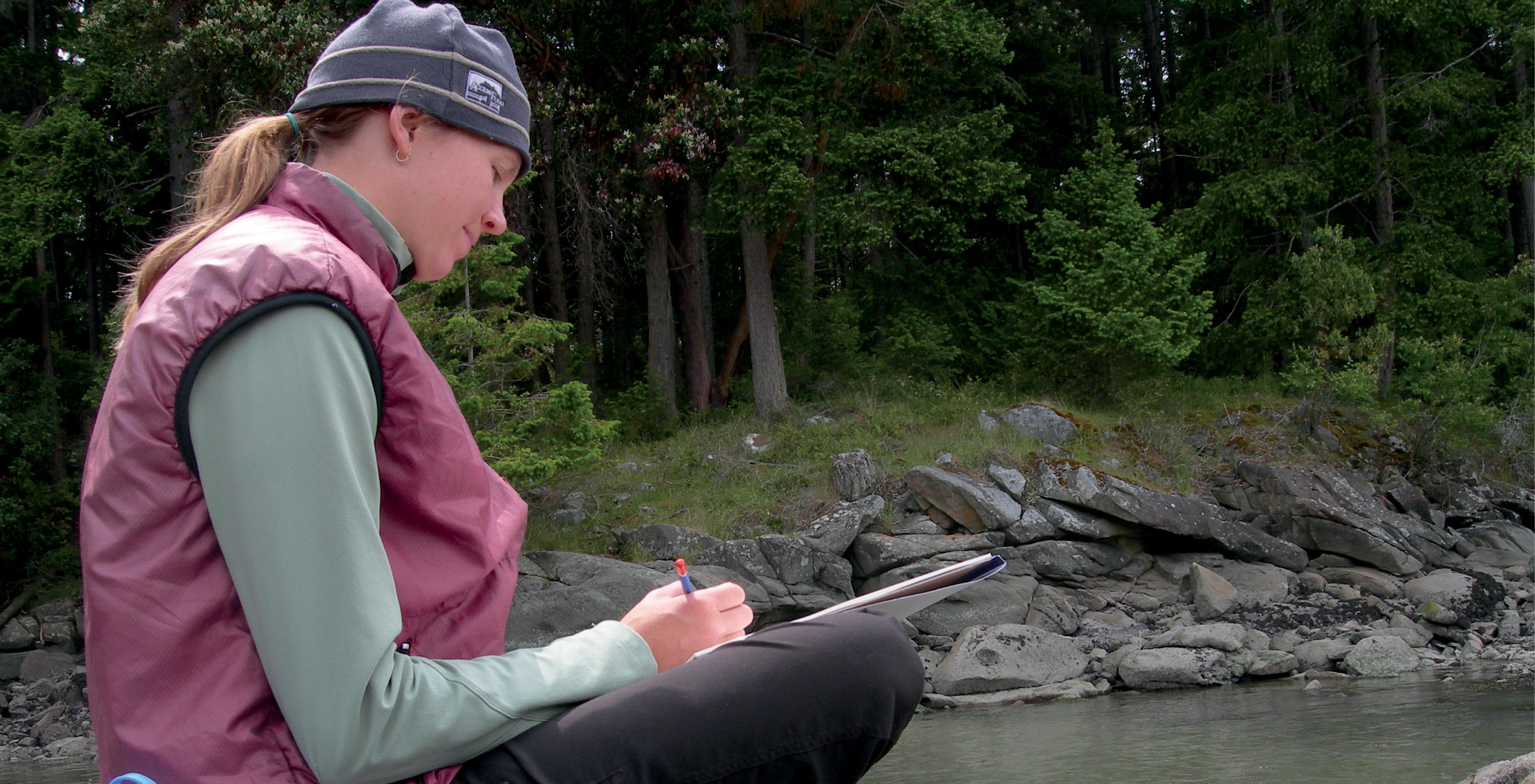
Once my husband and I went on a six-month-long camping trip. Our only shelter was our tent. We woke with the sun and went to bed as it got dark. We didnt waste a drop of water. We fit ourselves into the natural cycle. But we sometimes wished for a warm room and a large pizza! Dave Clendenan

Sometimes I shower with a tree frog. My family is building a house on a forested hill, and for now our shower is outside. Tiny green tree frogs like to hang out in it on hot days, leaning against my damp facecloth to stay cool. Sharing my shower with these delicate creatures has made me think hard about how we treat our planet. Douglas Woolcock
Chapter Two
Nature as Engineer
ItS easy being green
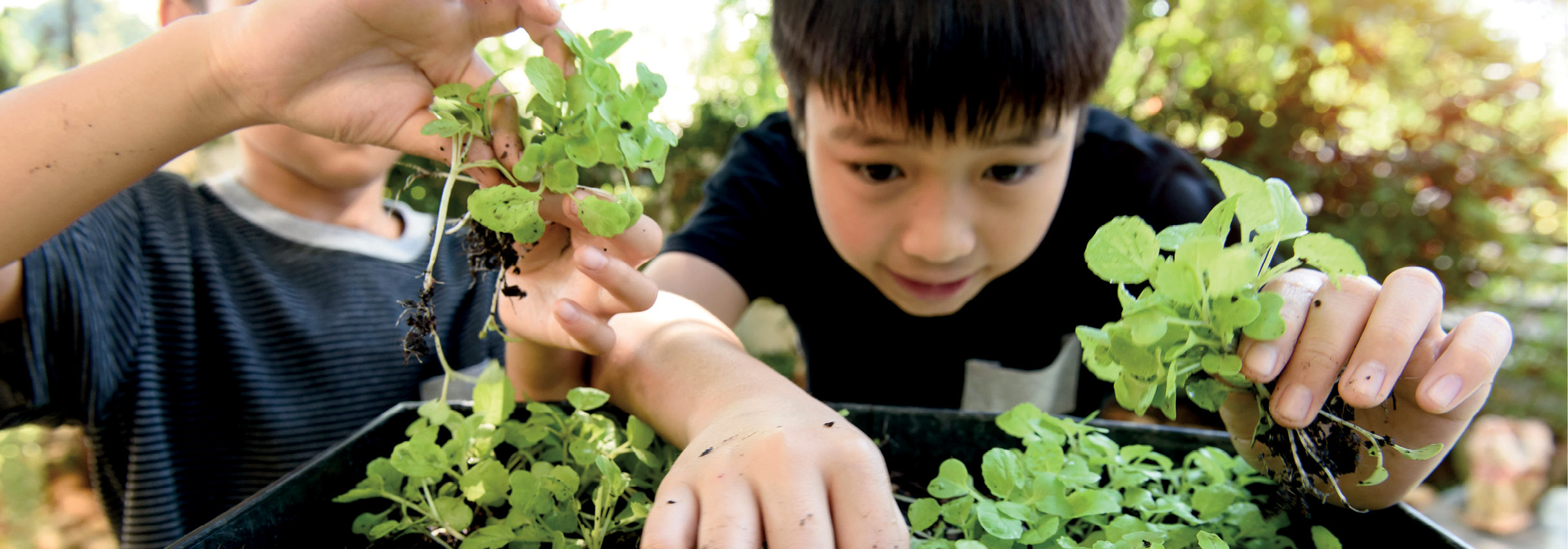
Gardening is a great opportunity to watch plants grow and see photosynthesis in action. TinnaPong/Shutterstock.com
T he world around us is always changing. Every spring, trees make a whole new set of leaves, and every fall those same leaves become waste. The tree doesnt have to take those leaves to the recycling depot or throw them in the trash. It just drops them on the ground right below it, where all the insects and fungi and bacteria feast on them, turning them into fresh, nutrient-rich soil. The tree will soak up those same nutrients and use them to make its next batch of leaves. Just like humans, nature is always using energy, building things and making waste. But nature has been doing it for billions of years, and doing it in a way that doesnt create more problems. Maybe we need to take a look at natures solutions and use biomimicry to solve some of our own problems.

Each scale on the wings of this painted lady butterfly ( Vanessa cardui ) is a single color. Dr. Nipam Patel
FACT: The scales on butterfly wings are shaped to reflect light, creating brilliant color without dyes or pigments .

Hair combs used to be made out of tortoiseshell, a beautiful, durable material similar to plastic. But people wouldnt feel comfortable today knowing that hawksbill sea turtles had to be killed just to make a comb.
Comb: Courtesy of Cooper Hewitt, Smithsonian Design Museum
Sea Turtle: Davdeka/Shutterstock.com
Nature runs on sunlight
If you lie in the sun, it warms you. This might not seem significant. But that warming energy is powerfulit feeds the whole planet. When the suns rays hit plant leaves, the plants capture the energy and use it to spin sugar out of thin air by combining carbon dioxide with water in a process called photosynthesis . The plants use this sugar as their food. The plants are food for all plant-eating animals. And the plant-eating animals are the food for the meat eaters. Unlike humans, who are using fossil fuels, polluting the planet and causing climate change , nature runs on an energy source that doesnt run out and doesnt pollute.

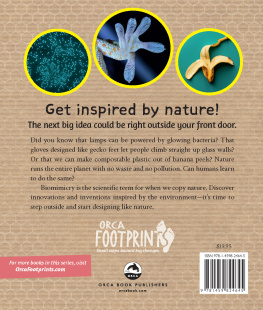

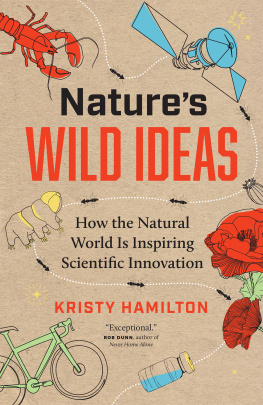

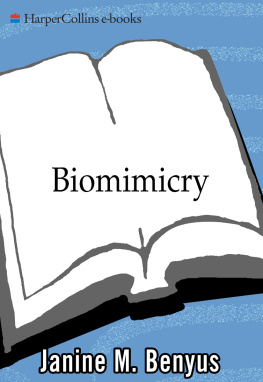
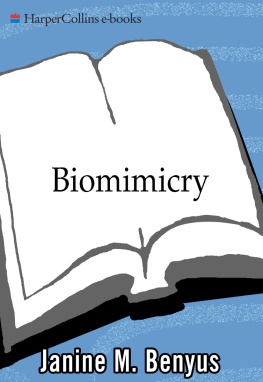
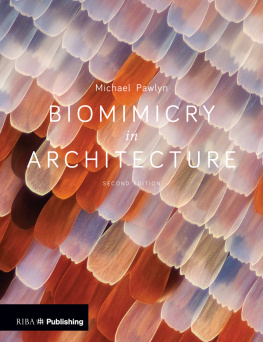
![Katherine Collins [Katherine Collins] - The Nature of Investing: Resilient Investment Strategies through Biomimicry](/uploads/posts/book/124125/thumbs/katherine-collins-katherine-collins-the-nature.jpg)
